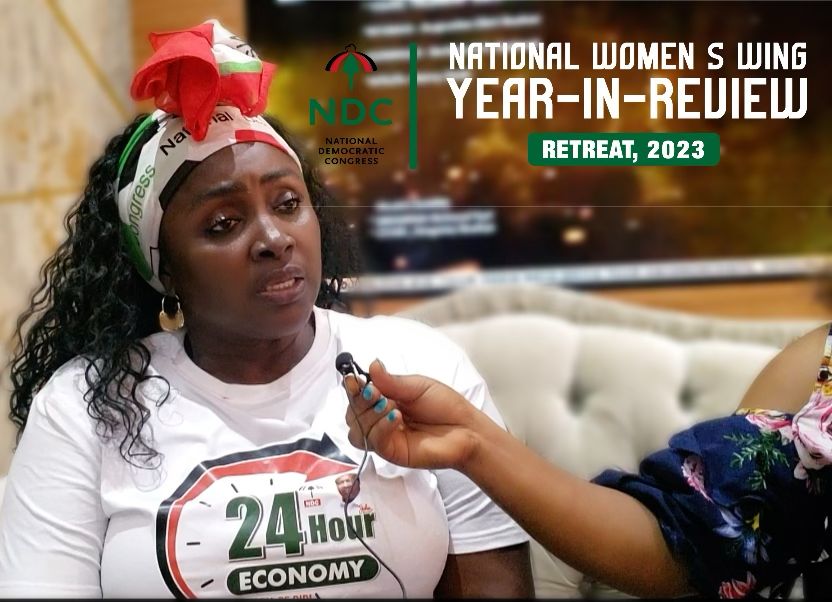Small, medium, and large business owners sell their products to a wide variety of customers and clients. Sometimes orders become damaged, incomplete, or the wrong product is shipped. However, if the buyer already has paid the full invoice and prefers a cash payment instead of a credit on another order, they can ask for one. In the seller’s bookkeeping records, the credit memo will show a debit of $20 to Returns and Allowances (Sales) and a credit of $20 to Accounts Receivable. The details in a credit memo allow a seller of goods and services to keep track of their income and inventory. In this way, the document serves as an important bookkeeping tool.
- Credit memos provide a way for businesses to correct billing mistakes or account for returns after an invoice has already been issued.
- Another important aspect for the business owner is to look past the financial accounting of the transaction.
- With this information, the client or buyer receiving the credit memorandum will know which seller invoice to offset, why the credit was issued, and keep proper track of its accounts payable.
- Credit memo is a short form of the more formal term “credit memorandum”, which is also known as a “credit note”.
In this case, the client will have received an invoice of $5,000 and a credit note of $1,000. The seller delivers the 50 units to the client and issues an invoice for $5,000 so the client can pay for the purchase. In essence, you can use your credit memos to offset the total amount payable by your organization. In other words, when a buyer is issued a credit memo, it means that it will owe less money to the vendor. Name and address, a list of items, prices, quantities, and the date of purchase are other significant pieces of data found on a credit memo. The financial aspect of a credit memo is that it will usually affect the bottom line.
Full Cycle Accounting
Returns will be reimbursed in the form of store credit only. The restaurant is going to be reducing their accounts payable (AP), as well as updating their inventory. The vendor will have to create a seller’s credit memo, and https://quick-bookkeeping.net/ the restaurant will have to create a buyer’s credit memo. The one that you’ll most typically deal with is when you, the seller, have to issue a credit memo to the client and readjust an invoice that they still owe for.
BuyerCo informs SellerCorp that one of the units is defective. If the buyer hasn’t paid the seller anything yet, they can only use the credit memo as a partial offset to the invoice. They will still be required to pay what is owed after the reduction specified in the memo. Both the balance sheet and the revenue accounts are netted to show actual effect. It should be noted the entry assumes the inventory returned is not saleable any longer and therefore not put back into inventory.
- Then, you pay the remaining balance and record the credit memo as a reduction in your accounts payable.
- For the client, an invoice will detail how much money they owe, and when and how it should be paid.
- Its purpose is to notify a customer that they have paid more than the value of the goods and/or services they’ve received, and so there is a positive balance in their account.
- The most common reason is when a buyer returns goods or there’s a dispute on the invoice.
An easy way for an employee to commit fraud or embezzlement is through credit memos. The memos in can reduce an accounts receivable without having to record cash. On the other hand, a seller can apply a credit memo to a buyer’s next order. The seller would record the credit on the next invoice template and make the necessary reduction at the time of the future invoice. A refund involves the return of a cash payment when an invoice has been paid in full. Banks and other financial institutions also use credit memos on their statements to indicate when a customer’s account balance has increased for a certain transaction.
What is an invoice?
In essence, when a supplier sends an invoice, the credit memo reduces that amount. In most cases, companies use this document to support a sales return. Therefore, when customers https://business-accounting.net/ return the goods they receive, they will also require the supplier to reduce their owed amount. A credit memo, also known as a credit memorandum, is a source document.
When To Issue Credit Memo?
However, the invoice may quote a higher amount or include more units. Therefore, they will expect the company to reduce the price on the invoice. Let’s say a restaurant owner purchases 10 boxes of take-out containers. The seller issues a sales invoice for the 10 boxes priced at $20 each, or $200 total. However, before paying the invoice, the buyer finds that one of the boxes is damaged, and the containers inside are crushed.
Why Credit Memo Is Important
In most countries, the indirect tax mandates the seller to issue the credit note and also prescribes the mandatory details to be mentioned in the credit note. GST in India, VAT in UAE, VAT in Kenya, Bahrain VAT etc. are some of the examples of the tax system which mandates the supplier to issue a tax compliant credit memo. All of this information helps a seller to keep track of inventory. Assume that SellerCorp had issued a sales invoice for $800 for 100 units of product that it shipped to BuyerCo at a price of $8 each.
Not only it’s important to know how much you should pay your vendors but keeping track of your accounts payable will also help improve your cash flow. Every credit memo will have some information providing https://kelleysbookkeeping.com/ details relating to the credit being issued. To make the process simpler, here are 3 free credit memo templates. They are easy-to-use tools that ensure you don’t miss out on any crucial details.
In essence, credit notes are crucial where companies have already distributed an invoice. Since they cannot remove the invoice from the accounting record, they must issue a credit memo instead. The seller records the credit memo as a reduction of its accounts receivable balance, while the buyer records it as a reduction in its accounts payable balance.










